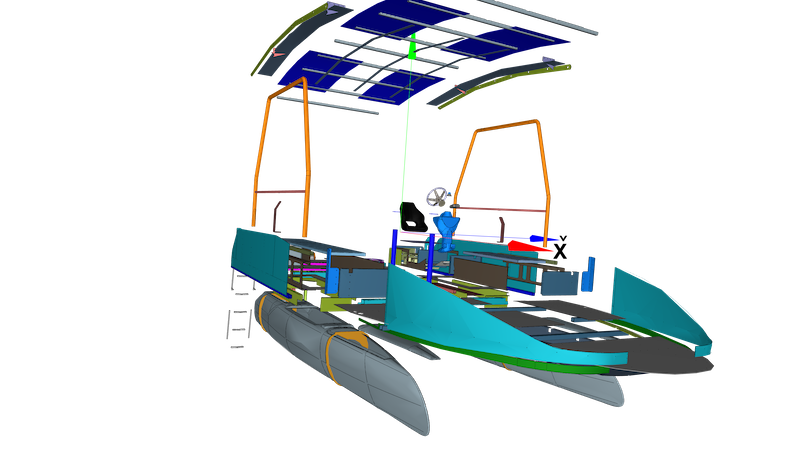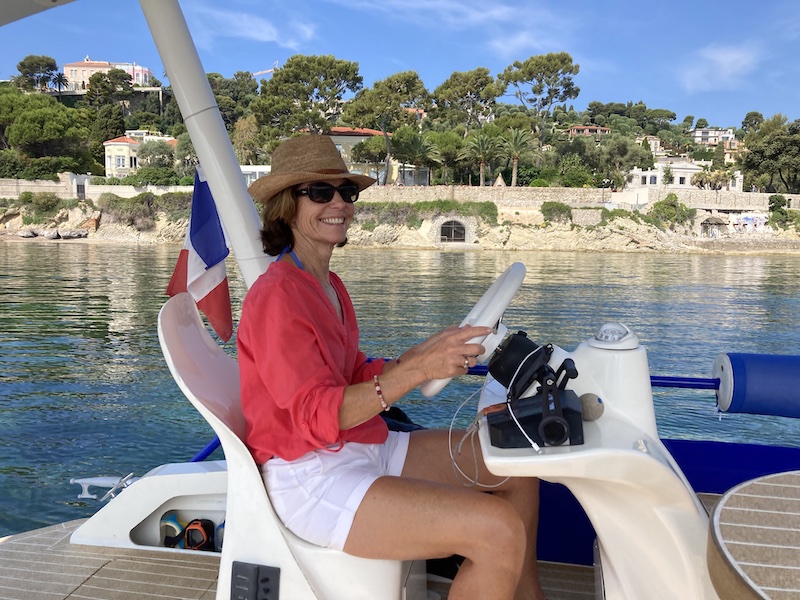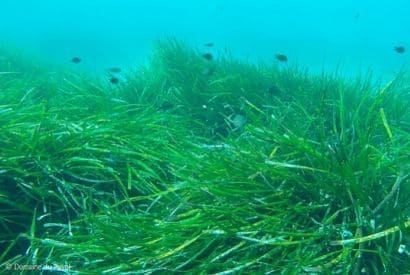Designing a solar boat kit
Why a Kit?
Solar navigation is nothing new. The Energy Observer boat has been criss-crossing the oceans since 2017, while SeaZen has covered over 10,000 km with a proven operating model. However, a conventional production method applied to a solar-powered boat generates significant costs due to the finishing touches required. Not to mention the fact that architects have no established standards for the new uses of solar energy. The combination of high costs and lack of standards has slowed the deployment of the manufacturer's offer. The SeaZen SRE 3.0 demonstrates that the Kit is the solution to enable the growth of solar yachting.
Modular design
This construction method enables modules to be manufactured in highly specialized facilities, with final assembly of the vessel in a very simplified workshop. Each module is manufactured in France, speeding up the construction process and optimizing finishing efficiency. This approach is widely used in the marine industry for the construction of large vessels such as cruise liners, container ships and warships, as it considerably reduces costs. It is particularly well suited to this solar-powered catamaran. Only 18 screws are needed to securely join the 2 floats to the deck structure. In this way, the SRE can be delivered as a Kit and then remotely inspected by the builder to declare its conformity.
.

Materials
At the heart of the design, the SRE 3.0 uses high-quality aluminum alloys (mainly 5083 and 5086) for platforms and finishes. They offer a powerful blend of lightness and strength. This not only enhances the boat's agility on the water, but also ensures a durable, corrosion-resistant exterior capable of withstanding the harshest marine environments.
The floats are constructed from fiberglass, laminated with iso polyester resin and finished in gelcoat. This commonly used composite not only guarantees an elegant appearance, but also offers an efficient hydrodynamic profile.
.
The choice of 2 structural materials, aluminum and composite, also simplifies logistics to 2 specialized sites. The boat's production lead times, including assembly, are shorter than those of many car manufacturers.
Solar propulsion system
Thanks to several experiments with Retrofit of the boat at Beaulieu, the new solar propulsion system also incorporates a Simple Robust and Efficient (SRE) architecture. Compared with previous boats, it avoids 200 kg of batteries and 10 kg of copper, as well as a significant reduction in connections and therefore in the risk of oxidation at sea. This new generation also brings new motors, batteries, charging systems and solar panels, all chosen for their ease of use. The care taken to simplify every detail makes maintenance considerably easier, even in sailing regions far from service or technical support centers.
The sunshade features elegant bifacial solar panels that total an impressive 1,600 W.
The selection of quality electronic components optimizes the efficiency of solar panels by constantly adapting to sunlight. The maximum power point trackers (MPPT) interact with a remote and real-time monitoring portal of energy production, consumption and system status. The connected boat facilitates the prevention of problems. All power electronic devices are carefully selected to benefit from world-class technical support.
An optional range of new motors and 48V batteries allows you to choose the best Price - Power compromise for your uses.
Support
This innovation is the result of several years of accumulated experience by the SeaZen team. It also benefits from a label by the Mediterranean Sea Pole, from support by BPI France and the French Federation of Nautical Industries. In addition, the Nice Côte d'Azur Metropolis has selected the project for its acceleration program.
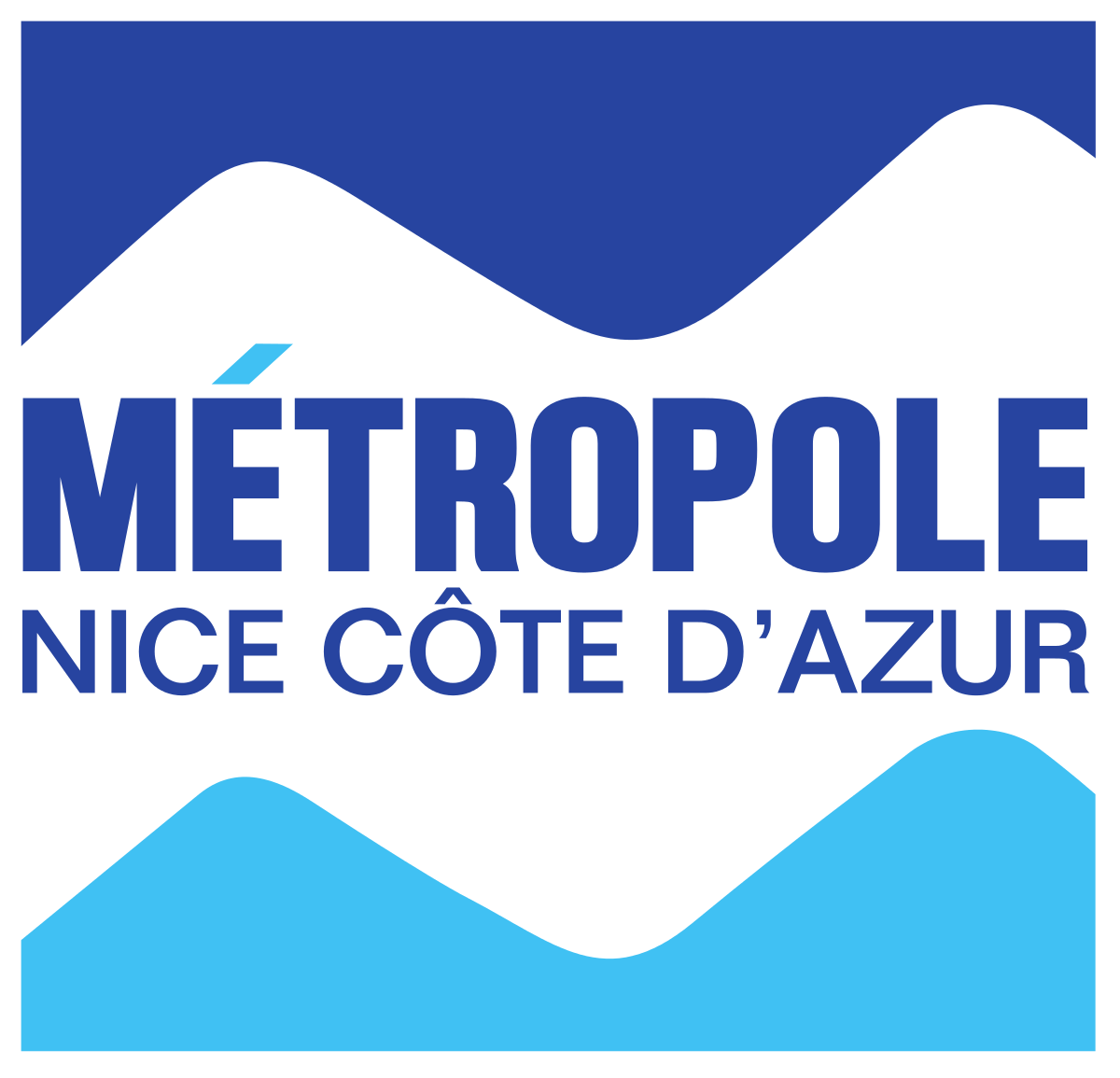 |
 |
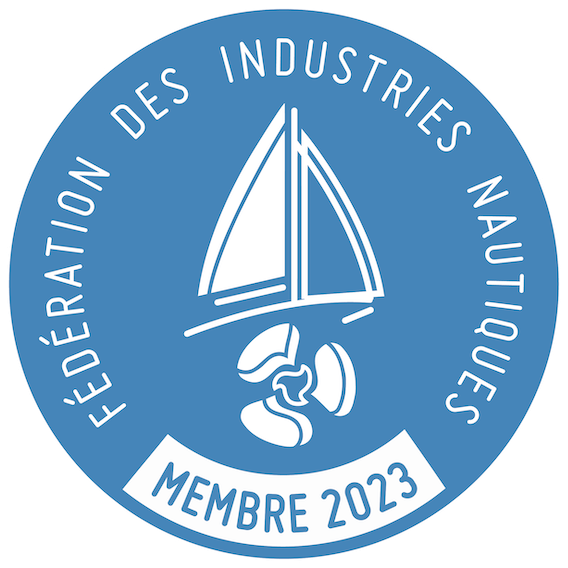 |
 |


